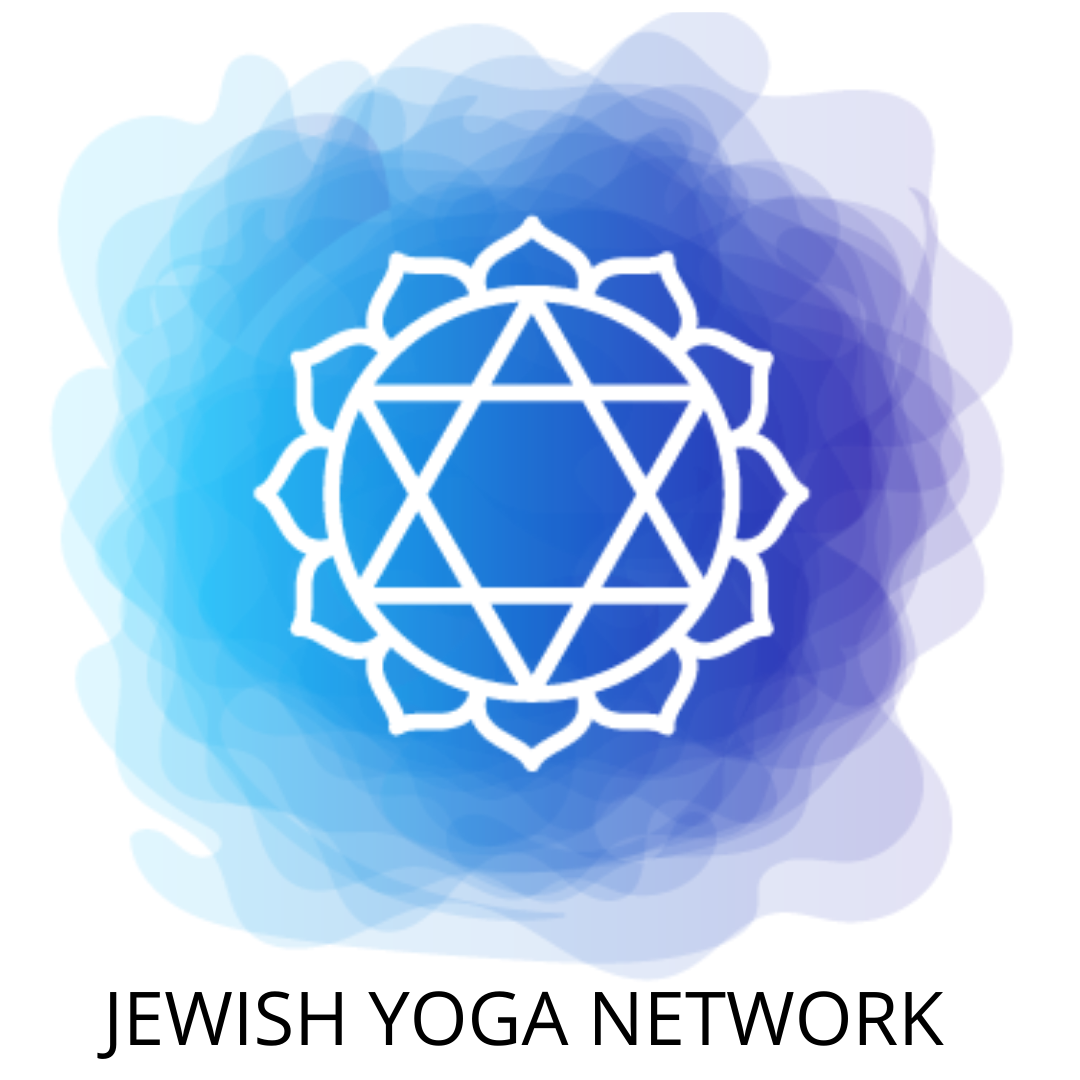OPHANIM – The Yoga of Abraham Unites Time, Space and Being
by Rabbi Itzchak Marmorstein, MSW
Ophanim is a recently emerged kabbalistic yoga that helps people flow in harmony with the inner Tree of Life: “In the midst of the garden is the Tree of Life.” (Genesis 2:9)
Sefer Yetzira (The Book of Creation), the first and primary book of kabbalah (the Jewish mystical tradition), describes the tree as rooted in “32 wondrous paths of wisdom” that are engraved through all existence. These 32 paths are the foundations of the Tree of Life and the entire human body is the physical expression of these Divine attributes.
Ophanim was developed by a female kabbalah scholar and mystic in Jerusalem more than 30 years ago. After years of labor and research in which she immersed herself in the study of Sefer Yetzira and related sources, she discovered that particular movements of the body related to the letters of the Hebrew alphabet. The 22 letters are the channels of connection between the 10 sefirot (spheres) of the Tree of Life. Together, they comprise the 32 paths of wisdom.
Sefer Yetzira explains that ophanim are “angels of form” that are carried through the breath. The practice of Ophanim is an embodiment of these teachings and is helpful in opening the paths of our “inner tree.” The postures of Ophanim mirror the 22 letters and the breathing practice follows the path of the 10 spheres. It is actually a triple yoga that brings together the three elements of space, time and being into one single practice.
The yoga of space is present in the shapes of the postures; each posture or ophan is different in its spatial representation. The yoga of time is present by the fact that different letters are practiced on different days and relate to different parts of the body and their specific energy sources. The yoga of being is present in the breathing rhythm and the focus on its inner pathways.
The woman who developed Ophanim taught it to a young Moroccan mystic who began to teach it in the West about 10 years ago. He wrote this about this new discovery:
“The implication was that, for the first time, the wonder of Judaism was going to be witnessed in the world of bodies. Until now, according to the traditional view, the body was mainly elevated through not doing, or doing for the sake of religious prescription only. It seemed as if Judaism was mostly preoccupied with providing the soul a pure enough residence inside the body. Purification of the physical realm through restraint was the main channel to communicate with our souls. But now a new teaching was giving birth to a sanctuary of direct expression of the soul through the body. The body can now speak the words of God. The exile in the head was over.”
Ophanim is rooted in Sefer Yetzira, the first text of kabbalah. Its teachings and applications are universally applicable as the Tree of Life grows in all of us as it grows in all of life.
The kabbalah speaks of the body as divine and tells of how we are made in the image of the Divine. Through the practice of Ophanim , the body becomes a form writing the name of God. Anyone interested in opportunities to experience this practice can e-mail me at milayomit@telus.net. For more information, http://www.nefeshhaya.com/
Rabbi Itzchak Marmorstein, MSW, has been ordained by Rabbi Zalman Nechemia Goldberg of Jerusalem (1990), Rabbi Shlomo Carlebach z’l (1992) and Rabbi Zalman Schachter-Shalomi (1996). He teaches Kabbalah, Ophanim, a recently emerged Kabbalistic Yoga and the teachings of Rav Kook in a variety of Jewish and non Jewish settings. He is also the author of MilaYomit: The Torah, Word by Word, a cyber learning circle that is going through the Torah word by word.
